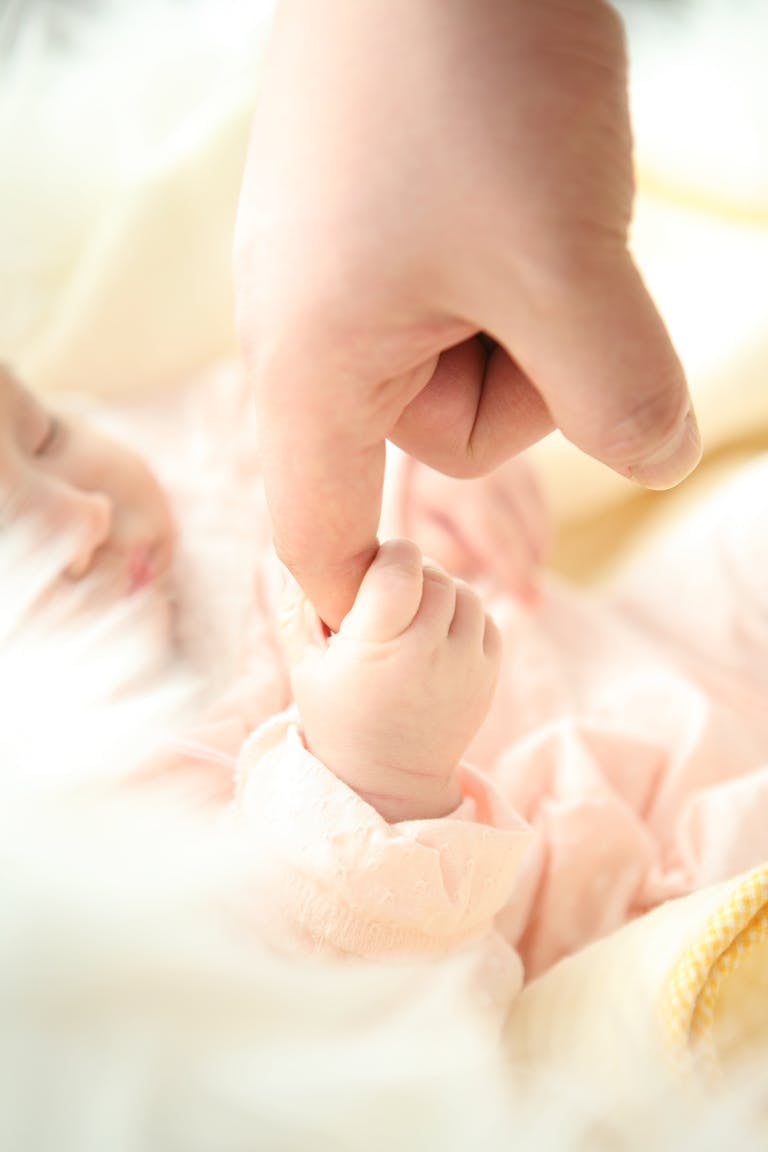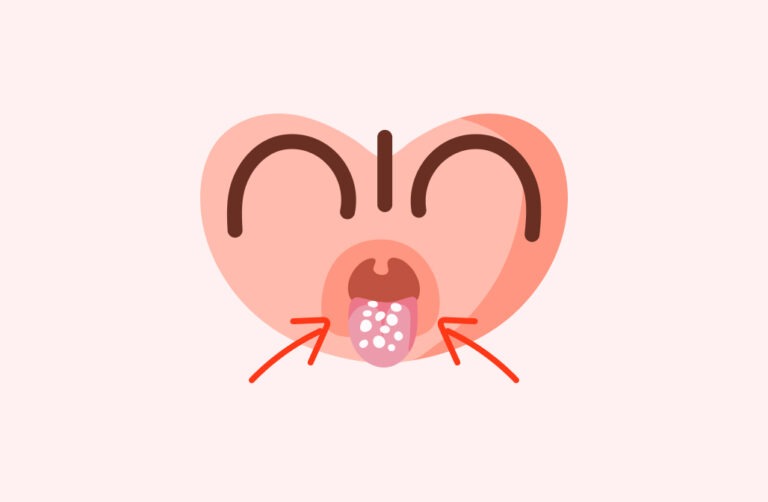The first time your hands gently connect with your baby’s soft skin—curious, tentative, perhaps a little uncertain—you may wonder: is this helping them? Or could you be missing something essential that everyone else seems to know? Baby massage appears simple, yet behind those tender strokes lies a world of subtle signals, scientific secrets, and a deep well of reassurance for both infants and parents. Concerns surface: Will massage help with crying? Could it actually ease colic, or is that just hopeful thinking? What if you use the wrong oil, touch too firmly, or your baby simply wriggles away, unimpressed by your best efforts? This journey winds through practical advice, physiological explanations, scientific evidence, and a wide-angle view of cultural traditions, all designed to support the sometimes exhilarating, sometimes exhausting work of nurturing a new life.
Understanding the power of baby massage
Touch, connection, and your baby’s neurodevelopment
Baby massage is more than a series of soft, rhythmic movements across delicate skin. At its core, it is a powerful form of nonverbal communication and physiological support. The tactile input from your hands stimulates your baby’s sensory pathways, sending signals along nerves that reach the brain, where oxytocin—the so-called “bonding hormone”—floods the system. This isn’t just poetry; these neurochemical changes have a measurable effect on heart rate, sleep rhythms, and stress responses. Babies crave safe, predictable touch. For some, even a short session after the bath can reduce fussiness, support emotional regulation, and foster secure attachment, while for others it becomes a cherished bedtime ritual—a bridge from stimulation to rest.
The science behind relaxation and sleep
Parental touch sparks a cascade of physiological effects: circulation improves as blood vessels dilate under gentle pressure, while infant skin warms and heart rate slows. Scientific studies describe a reduction in cortisol—the principal stress hormone—during and after baby massage, accompanied by a rise in endorphins and melatonin, which together support deeper, more restorative sleep. Research also suggests that preterm infants exposed to regular gentle massage demonstrate not just improved weight gain but also enhanced neural maturation and more stable cardiorespiratory patterns.
Key benefits: Comfort, health, and connection
Enhanced circulation and oxygenation: Your baby’s body, still learning how to regulate its temperature and deliver oxygen efficiently, receives a gentle boost from massage. The circular and gliding strokes help move blood through the capillaries, delivering nutrients to fast-developing tissues.
Digestive relief for colic and gas: Those first months are often marked by digestive discomfort. Massage, especially using clockwise movements on the tummy, may assist trapped air to move along the intestines. Pediatricians often refer to this as “encouraging peristalsis”—that is, supporting the wave-like motion the gut uses to push contents along. There’s growing scientific optimism here, though it’s not a magical cure.
Strengthened immune response: Stimulation of the skin, the largest organ in the body, activates immune cells and adaptive responses. Studies indicate that regular tactile contact is associated with lower rates of minor illnesses during infancy.
Improved motor coordination: Each stroke through the arms, legs, hands, and feet helps your baby construct a detailed map of their own body—a process called “proprioceptive integration.” Over time, this can support both fine and gross motor skill development.
Social-emotional growth: Nonverbal cues—the way your baby locks eyes, coos, squirms, or turns away—become easier to understand, improving your confidence and supporting your child’s capacity for emotional expression.
Deepened parental bonding: The ancient power of skin-to-skin contact extends beyond the newborn phase. Time set aside for massage marks the day with shared calm and mutual trust, cementing lasting attachment.
When to start: Age guidelines, safety, and special cases
The idea of baby massage from day one can be both appealing and intimidating. Many healthcare professionals recommend waiting until after your child’s six-week check-up to ensure there are no underlying health conditions. Premature or medically sensitive infants require cautious approaches—many neonatal intensive care units now train parents in touch therapies, but always seek advice from your medical team if your baby was born early or has unique health challenges.
Choose a moment when your baby is neither hungry nor over-tired. Ideally, pick a window when alertness and calmness align—often after a nap or bath. Your baby’s body language is a reliable guide: relaxed limbs, occasional smiles, contented babbling mean “yes”; clenched fists, wriggling, or crying mean “pause and try again later.”
Keep early sessions short—5 to 10 minutes is ample to begin. Frequency matters less than regularity; aim for one to three times per week, gradually increasing as your confidence and your baby’s tolerance grow.
Setting the stage: The environment and safe products
A calm environment, free of drafts and loud noises, with warm lighting and cozy surfaces, is essential. Babies connect relaxation with sensory cues: soft music, low lights, a comfortable padded towel or mat.
Selecting the right oil or lotion matters just as much as your technique. Choose only pure, hypoallergenic plant-based oils such as sunflower oil or coconut oil; both are extensively studied and demonstrate excellent skin absorption and low allergy risk. Steer clear of almond oil, which is more likely to trigger sensitivities in vulnerable infants, and avoid anything with perfumes, synthetic additives, or essential oils, which can irritate immature skin. Apply a small amount to a patch of skin and wait 24 hours—this patch test helps rule out reactions.
For hygiene, always wash your hands thoroughly beforehand, remove rings and trim nails to avoid scratches. Keep a fresh diaper and wipes within reach for quick changes.
Techniques: A step-by-step journey through baby massage
Legs and feet: With a gentle, steady grip, circle your baby’s thigh from hip to knee, then glide down to the ankle. Small circular movements on the soles and rolling each toe between your fingers create stimulating and soothing input for the nervous system.
Tummy: Place your hands flat and use slow, clockwise motions around the navel. Why this direction? It’s the orientation of natural gut movement—supporting digestion and relieving wind or constipation.
Arms and hands: Wrap your hand around your child’s upper arm, stroking toward the wrist, with tender attention to each palm and finger.
Chest: Starting with your hands on the sternum (center of the chest), move gently outward in a motion sometimes called “book-opening”—expanding the chest and inviting relaxation.
Back: If your baby enjoys tummy time, use both hands to sweep from shoulders down to the buttocks, taking care to avoid the spine itself with any direct pressure.
Head and scalp: The lightest possible touch is best—to protect the fontanelle (“soft spot” on the skull), use soft fingertip circles, moving over the scalp with barely-there pressure.
Adapt every technique to your baby’s preferences. Some infants like only a few minutes, while others revel in the entire sequence. If your child stiffens or cries, stop and try at a quieter time—there is no right or wrong here, only what works for your unique bond.
Safety: Precautions and troubleshooting
Vigilance and flexibility define safe baby massage. If your baby has a fever, skin irritation, open wound, or is clearly unwell, postpone massage. Likewise, avoid massaging directly after feeding, which can trigger discomfort or regurgitation.
Never use pressure that leaves marks; gentle, consistent contact suffices for even the most effective touch therapies. Oils and lotions must be free of fragrances and allergens. If sensitivities or allergies run in your family, consult your pediatrician for tailored advice.
Hygiene is non-negotiable: clean hands, clipped nails, and an absence of jewelry guarantee a safer experience. Room temperature must remain pleasant—babies lose heat quickly and chilling can overshadow any relaxing effects.
Cultural and scientific perspectives
Globally, baby massage finds its roots deep in tradition. In India, parents use warm oil in a highly structured routine, a ritual believed to foster resilience, growth, and secure emotional bonds. Across parts of Africa and Asia, massage seamlessly fits into daily caregiving—passed down through generations. In Western countries, the scientific emphasis often falls on stress reduction, parent-child attachment, and early neurobehavioral development, with hospitals integrating gentle massage into preterm infant care for measurable health gains.
Multiple randomized controlled trials highlight benefits such as weight gain in low-birthweight infants, shortened hospital stays, improved sleep quality, and enhanced parent confidence. While massage does not serve as a standalone treatment for medical conditions such as colic or sleep disturbances, it can play a supportive role—one that complements but does not replace medical intervention.
Addressing myths and misconceptions
The narrative often overstates baby massage: no, it does not make your child grow “faster” nor cure all digestive woes overnight. Not every oil on the pharmacy shelf is safe—avoid shortcuts and stick to the evidence. Elaborate routines are not required; a short session can be as nourishing as a lengthy ritual. Expertise is not essential—your attentive, loving presence holds the real power. Focus less on achieving perfection and more on shared calm and comfort.
Integrating baby massage into family life
On busy days, a few brief strokes after the bath or before bedtime are enough to lay the foundation for connection. Involving siblings, co-parents, or caregivers may help create shared rituals and foster a family culture of nurturing contact. The true beauty of baby massage is its wide adaptability: a nurturing touch when you have time, a quiet moment when you need peace. Consistency, not perfection, unlocks the deepest benefits.
Key Takeaways
- Baby massage offers evidence-based benefits, including enhanced bonding, emotional security, improved sleep, digestion, immune response, and developmental support.
- Always respect your baby’s cues—comfort, relaxation, and enjoyment are the gold standard for any technique.
- Choose safe, hypoallergenic oils, and ensure your environment is warm, peaceful, and hygienic.
- Begin short and gentle, adjusting over time to your child’s preferences and daily rhythms.
- Baby massage fits naturally into daily life; regularity matters more than duration.
- Scientific research underscores its positive effects on stress reduction and parent-infant connection, though it is not a cure-all for medical conditions.
- When uncertainty arises, consult trained professionals for support, and remember—healthcare resources like the Heloa app offer accessible, trustworthy advice, along with personalized health questionnaires to support your parenting journey.
Questions Parents Ask
Is there a best time of day to do baby massage?
Many parents wonder when it’s most beneficial to offer a massage. The ideal moment is often when your baby is calm, alert, and not too hungry or tired—commonly after a bath or before bedtime. It can become a lovely part of your regular routine, especially in the evening to help your little one unwind. However, each family finds its own rhythm, so feel free to experiment and observe when your baby seems most receptive. If it doesn’t go smoothly at first, pas d’inquiétude—try at another time.
Can I use any oil or lotion for baby massage?
Choosing the right product for your baby is important and can sometimes be a worry. It’s best to go for oils or lotions that are specifically formulated for babies—these are designed to be gentle, hypoallergenic, and free from strong fragrances or additives. Natural oils like sunflower or coconut oil are often well-tolerated. Always do a small patch test and consult your healthcare professional if your child has sensitive skin or allergies in the family. Your attentiveness already makes a big difference.
What should I do if my baby doesn’t seem to enjoy massage?
It peut arriver que votre bébé ne montre pas d’enthousiasme pour le massage, and this is completely normal. Babies express their preferences and comfort in different ways—sometimes they’re simply not in the mood, or they’re overstimulated or tired. If your little one turns away, cries, or squirms, it’s okay to stop and try again later. Respecting your baby’s cues fosters trust and helps you both find what feels good together. No need to feel discouraged—each baby is unique, and your loving presence is what counts most.
![]()
Further reading:









